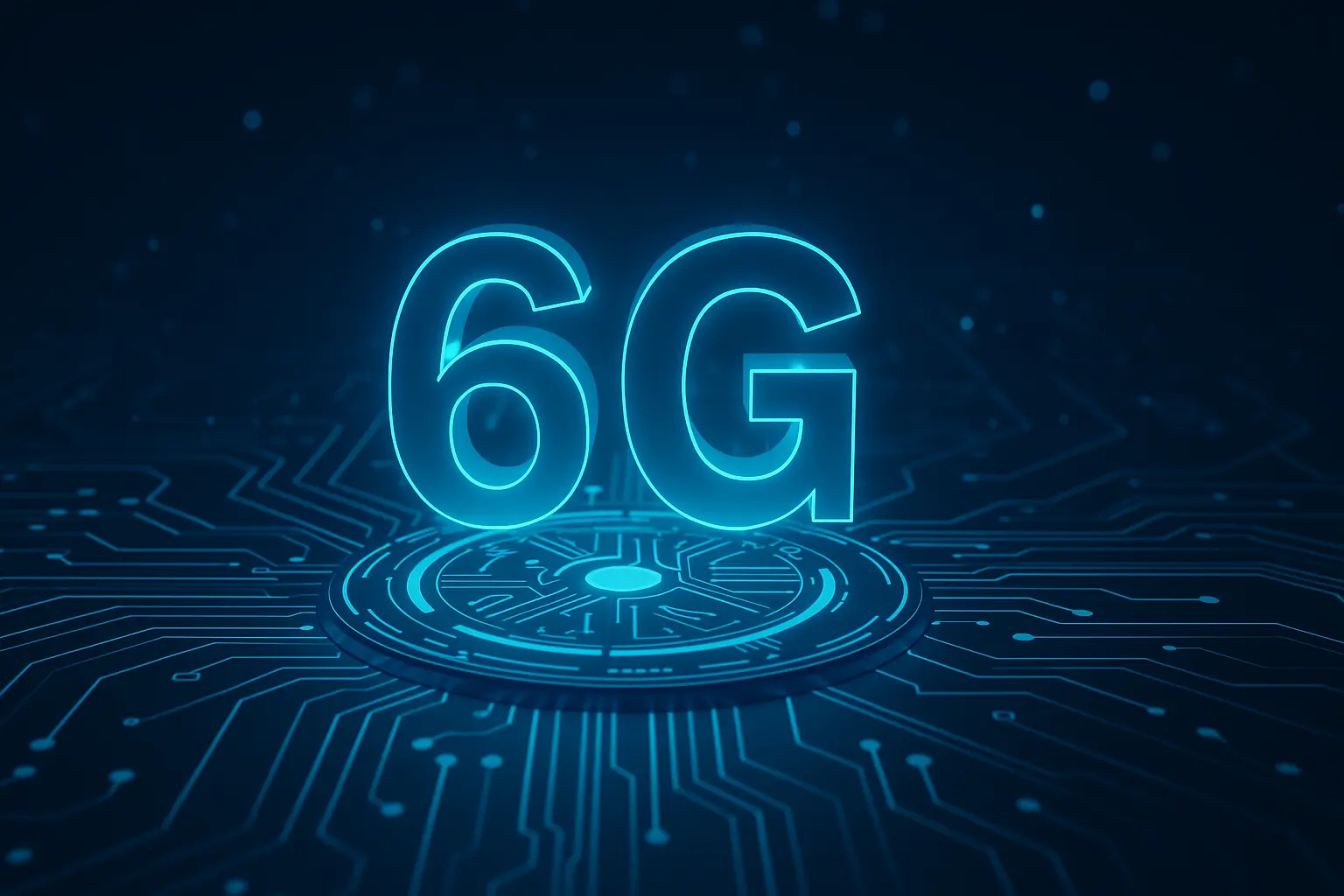The global telecommunications industry is moving at an unprecedented pace, and after the worldwide adoption of 5G technology, attention is now turning toward the development and expected release date of 6G. While 5G still continues to expand across regions and improve its coverage, research and development on 6G networks is already in progress. Major players such as Samsung, Huawei, Nokia, and Ericsson have announced their involvement in shaping the standards of this next-generation connectivity. Academic institutions, international bodies, and industry organizations such as the GSMA and IEEE are also actively contributing to the technological foundation that will define the future of mobile communications.
Most experts agree that the 6G release date will not come before the early 2030s. Pilot projects, early trials, and regional testing are expected to begin around 2028 or 2029, while full commercial deployment will likely take place between 2030 and 2032. However, it is important to understand that the release of such a technology is not tied to a single moment in time but rather to a gradual rollout that depends on international standardization, spectrum allocation, and infrastructure readiness. For readers interested in tracking these milestones, the Technology section of AppTopics offers detailed updates on industry trends.
Unlike 5G, which primarily improved speed, latency, and bandwidth, 6G is envisioned as a much broader ecosystem. It is expected to integrate artificial intelligence into network operations, leverage terahertz frequency bands, and enable truly seamless communication between humans, devices, and machines. Applications will go far beyond mobile phones, extending to autonomous vehicles, holographic communication, extended reality, and fully immersive digital environments. These developments will redefine not only mobile gaming and entertainment but also healthcare, manufacturing, and education. To explore how applications might evolve alongside this revolution, readers can explore the Apps category.
The gaming industry is another sector that will benefit enormously from 6G. While 5G has already improved mobile gaming by reducing latency, 6G promises ultra-reliable low-latency communication (URLLC) that will enable cloud-based gaming without any perceptible delay. This could transform competitive eSports and mobile gaming into a fully cloud-powered ecosystem. For further insight into how 6G may impact gaming, the Games section provides relevant discussions and updates.
As the anticipated 6G release date approaches, consumers and businesses alike will need to prepare for major changes. For everyday users, this will involve upgrading to new devices that support 6G modems and frequencies. For businesses, the transition may involve adopting advanced IoT ecosystems, AI-powered supply chain management, and new communication protocols. For those seeking guidance on how to prepare for this shift, the Guides & Tutorials section offers practical advice and strategies.
Analysts predict that early 6G deployment will begin in highly developed markets such as South Korea, Japan, the United States, and parts of Europe. These regions are traditionally the first to adopt and commercialize new generations of mobile communication technologies. The rollout will then gradually expand worldwide as infrastructure matures. Publications such as TechRadar and IEEE Spectrum frequently report on these developments, making them valuable resources for readers who want to follow the timeline closely.
For now, 6G remains in its research and development phase. Laboratories and research hubs are experimenting with terahertz frequencies, intelligent reflecting surfaces, and massive MIMO (multiple-input multiple-output) systems, which will likely form the technological backbone of 6G. Detailed analysis and ongoing reviews of these technologies can be found in the Reviews section of AppTopics, which examines how emerging innovations may shape the consumer market in the years to come.
The 6G release date is still several years away, but its potential impact is already generating enormous interest. It is widely expected that the first commercial 6G networks will emerge around 2030, with early trials in the late 2020s. Unlike its predecessors, 6G is not just about speed — it is about creating an intelligent, AI-driven network capable of supporting fully immersive digital experiences. This new era of connectivity will transform industries, reshape communication, and define the way humans and technology interact for decades to come. For the latest announcements and projections, readers should regularly check the News section of AppTopics, where updates on 6G and other breakthrough technologies will continue to appear.
